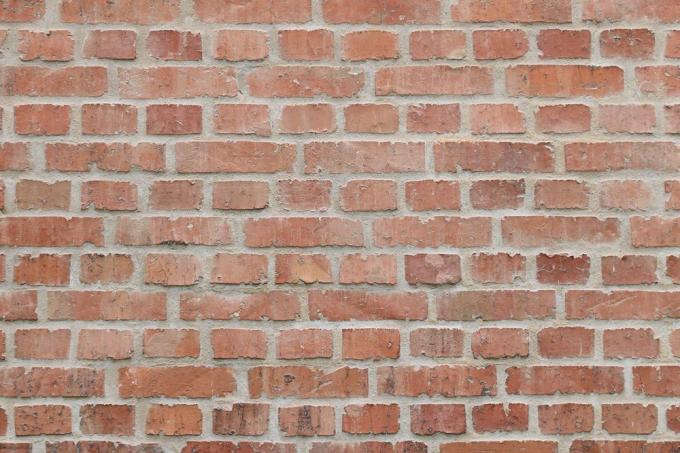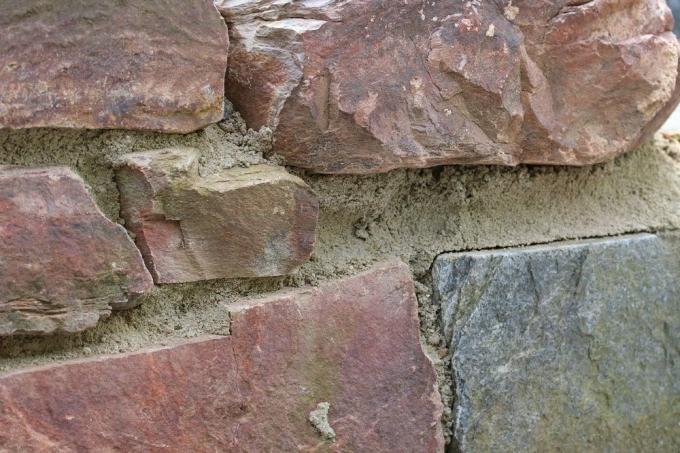
table of contents
- Refractory natural stones
- Sandstone
- porphyry
- Granites
- Soapstone
- Trachyte
- tuff
- Greywacke
- Gneiss
- Quartzite
A fireplace is an interesting addition to the garden, property or holiday home in the forest and can easily be set up by yourself. Of course, it is not only important to have a foundation that protects the floor under the fireplace from the heat, but also the appropriate stones. They look decorative, keep the fire in check and can be used as a shelf for all kinds of barbecue utensils. Only coated, heat-resistant natural stones are used for this.
Refractory natural stones
Are there any fireproof natural stones?
Choosing the right stones for the fireplace is essential, as not every stone is suitable for permanent use as a fireplace. Even if the majority of the naturally occurring rock is solid and heavy and thus appears refractory, this is by no means the case. Depending on the density and porosity of the selected stone, the possible use varies from slightly heat-resistant to more heat-resistant and almost fire-proof. Limestone such as marble, for example, can only withstand weak heat and bursts when exposed to too much, while the volcanic rock porphyry is almost heat-resistant due to its composition. When exposed to heat for a long time, the following problems can occur with many natural stones.

- Stone shatters, bursts or even explodes
- Cracks form, stone loses its stability
- Discoloration occurs, for example in sandstone
- Heat is given off to the environment through the stone
The biggest problem here is the pores of the stone. These absorb moisture and the temperature often fluctuates between hot and cold with rising and falling moisture, the stone changes in volume, which can make it unstable. In itself, this is the case with every natural stone and for this reason there are heat-resistant natural stones, but actually refractory stones that can withstand any heat. Nevertheless, there are ten types of stone that are extremely heat-resistant and are therefore perfect for a fireplace.
- Sandstone
- porphyry
- Basalt and basalt lava
- Granites
- Soapstone
- Trachyte
- tuff
- Greywacke
- Gneiss
- Quartzite
Since a fireplace is not a building or structure that is essential for human life, the stones mentioned can be used as a border around the fireplace be used. Here, however, internal insulation from the direct effects of heat is necessary, which is made possible by two refractory stone products.
- Fireclay bricks
- Bricks and clinker
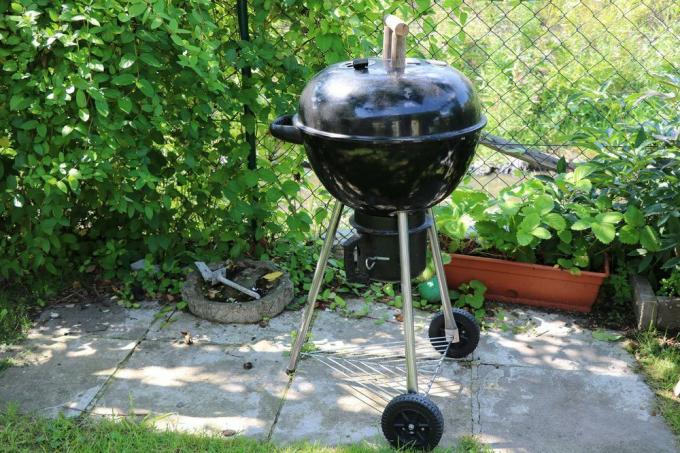
These are special mixtures of heat-resistant materials that can withstand even the heat of a very burning fire. They act as a layer that absorbs the heat of the fire directly and only gives off the residual heat to the natural stones. This is important, because only in this way can even the stones with the highest heat resistance withstand use as a fireplace and allow you to enjoy pleasant hours in the garden in the long term. In the following paragraphs you will find detailed information on the individual natural stones.
Please note: Never collect stones from the forest, especially not from rivers or streams, and use them as the basis for the fireplace. Since you do not know which types of stone are involved, they could fly dangerously around your ears after a few hours in front of the fire.
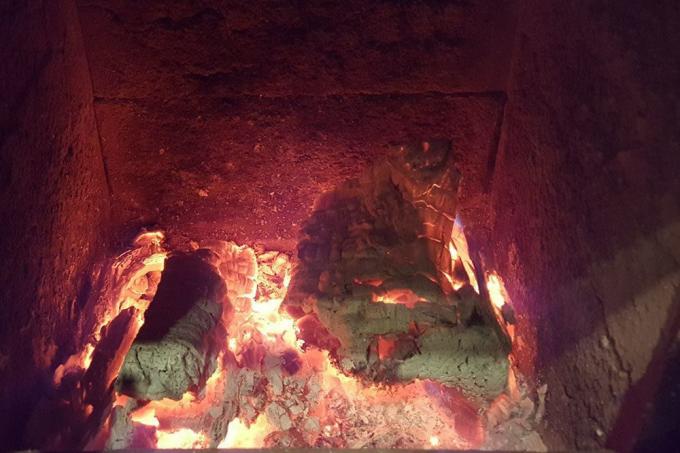
Sandstone
Sandstone is one of the oldest sedimentary rocks that humans have used for structures such as the pyramids. Due to the composition of at least 50 percent sand grains, mainly quartz, and other elements, the natural stone is extremely resistant to heat and also insensitive to frost. If the sandstone has high amounts of feldspar, i.e. silicate minerals, it becomes more resistant and can still be used effectively as a fireplace. Sandstone was not only used for the construction of buildings, but was also widely used for stoves, especially in ancient times in the Mediterranean and the Middle East. Therefore, sandstone is perfect for Mediterranean gardens.
Tip: If you choose a sandstone fireplace, you can choose from a wide range of colors. Yellow and red are the most common variants, followed by gray, white, brown and even green (Anröchter stone), which can change color when exposed to heat.
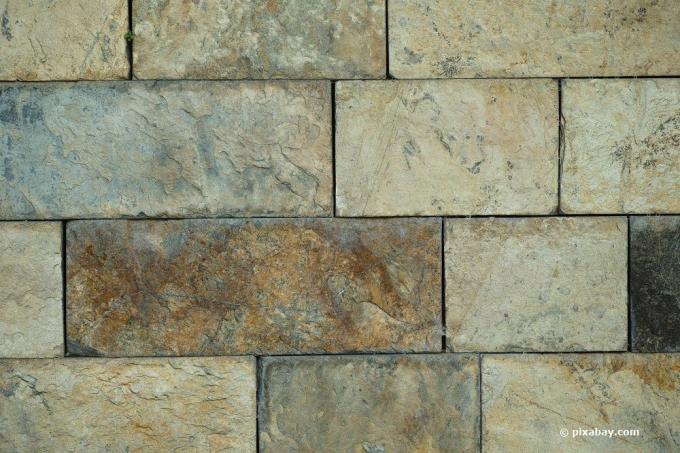
porphyry
Porphyry, which means purple in ancient Greek, denotes various stones of volcanic origin that belong to the so-called igneous rocks. Magmatites are extremely heat-resistant because, as the name suggests, they arise from cooled magma. Porphyry has a high number of feldspar and crystals, which make the natural stones almost 100 percent fireproof. Above all, porphyry with high amounts of quartz should be mentioned here. The stones can even withstand very hot fires of up to 1,000 ° C, and their simple style makes them suitable for a variety of gardening projects.
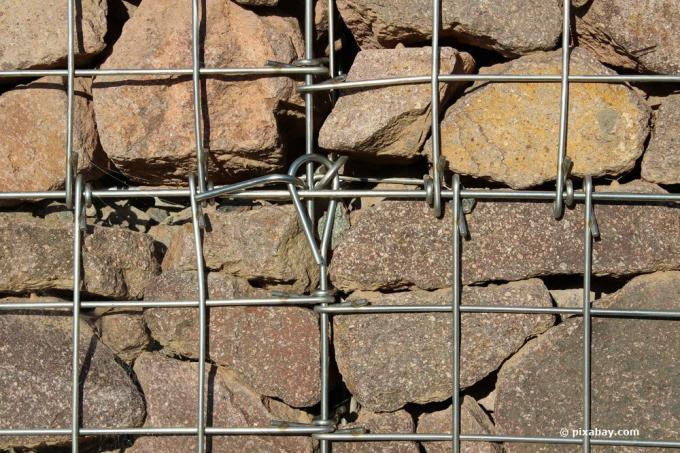
Basalt and basalt lava
Basalt and especially basalt lava are also magmatites and have been known since ancient times. Basalt stands out due to its deep black, gray or blue-gray color and has a high density, which makes the rock a perfect candidate for the fireplace. Basalt lava is particularly recommended here. It has a particularly rough look that is often used for facades and other structures such as bridges, while conventional basalt is used more for tiles. Due to its formation, split basalt has a so-called flow direction, through which you can see how the lava flowed.
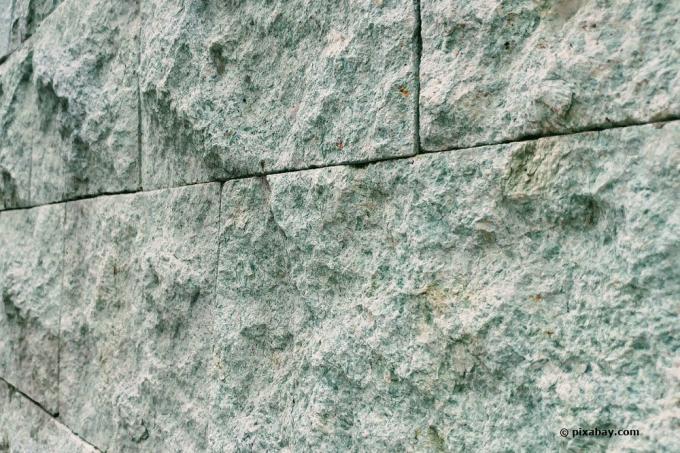
Granites
The various granites are also igneous, but these belong to the plutonites, i.e. the deep rocks that do not rise as lava in comparison to basalt or porphyry. They are mostly in the ground and are quite grainy. For the most part, they consist of the following parts.
- quartz
- Feldspade
- Mica (layered silicate, is often used in cosmetics and as an insulator in electrical engineering)
Granites come in a wide variety of colors and can easily withstand fires up to 600 ° C, but they are not among the rocks that can withstand extreme heat. Above all, they suffer from direct exposure to fire and should therefore only be used together with insulating materials. They are extremely popular because of their decorative uses.
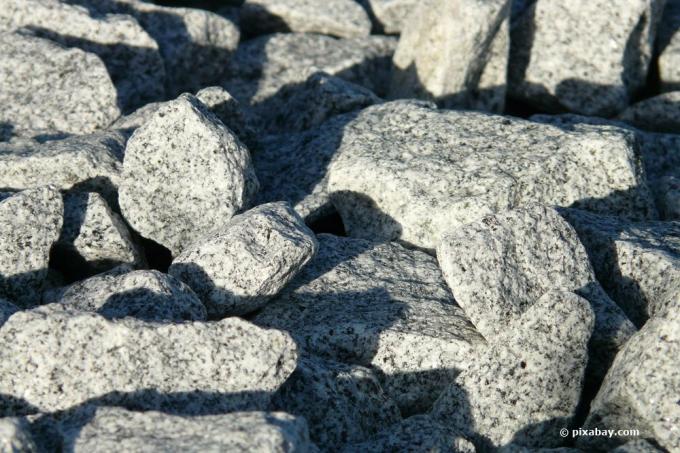
Soapstone
At first glance, soapstone does not appear to be really heat-resistant due to its soft surface and low weight, but it was used for ovens and cookware before. Soapstones are made of talc and are best suited as natural stones for the fireplace, as they are also almost fireproof. A special highlight of soapstone are the different color variants, which range from pure white to pink to black and blue and are therefore suitable for every form of garden. Modern garden projects in particular benefit from the shine of the stone.
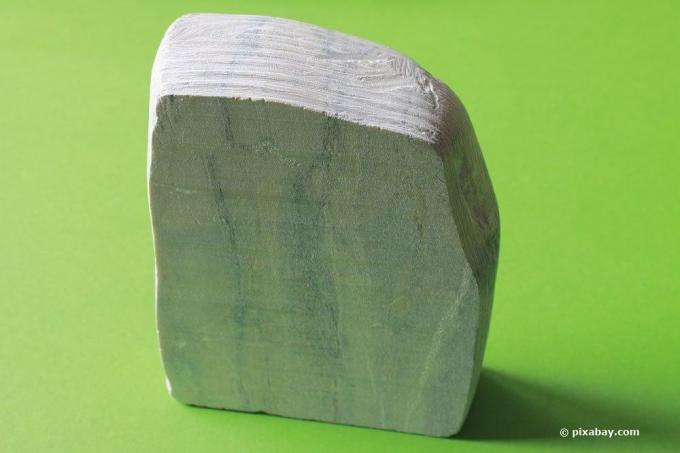
Trachyte
Trachytes are among the oldest building materials in Germany that were used for oven stones. Similar to granite, they are a plutonite, but are identical to syenites and therefore much more resistant to fire and heat. Their simple gray-white color makes these stones suitable for different gardens and properties. Since they are also very frost-resistant, a fire can easily be made over the winter so that you can warm up. They store heat very well, which is exactly why they are so valuable in historical stoves. Many stoves in old houses are still made of trachyte.
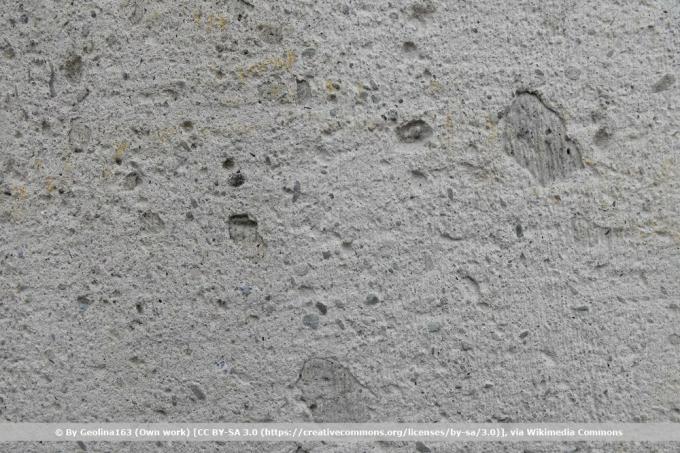
tuff
Tuff is used in the same way as trachyte for the construction of ovens and is also a volcanic stone, which is also popular around the world due to the numerous color variants. Depending on the region, different colors are created here, which are caused by volcanoes. Tuff is either solidified volcanic ash and fragments of rock or cooled lava that was thrown several kilometers after an eruption. Due to their quite porous condition, they were previously used for masonry and the natural stones are aesthetically pleasing in the garden.
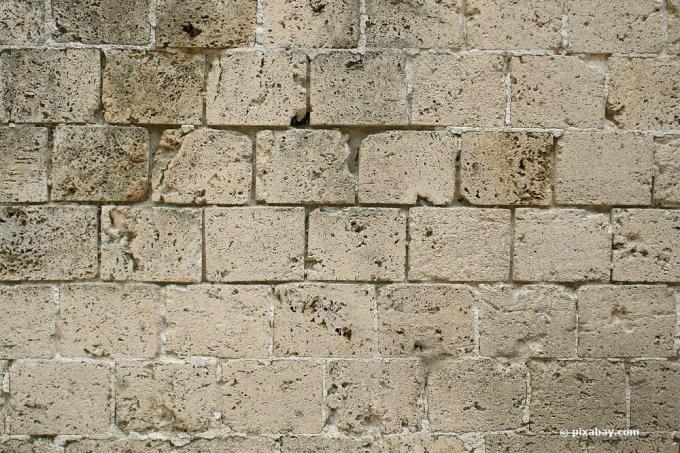
Greywacke
Grauwacke are natural stones that are mainly used as the basis for paving stones. Their dark color and high heat resistance make these extremely old stones a good basis for a fireplace. A special feature of Grauwacke is age. These stones date back to the Paleozoic Era from a period of around 500 million years and are an extremely dense compound of sandstone and feldspar. As the name suggests, Grauwacke are natural stones in different shades of gray that are Can easily be put together with mortar and so a very rustic impression in the garden leave behind.

Gneiss
Gneisses are metamorphic rock that is created by changes in pressure in the environment, for example by shifting plates, and has a share of at least 20 percent feldspar. The name of the stone comes from the Saxon mining language of the 16th century. Century and means "spark". This is to indicate the glitter of the stones when rotated in the light. Their structure is similar to granite, but they are significantly more resistant to heat and frost and can be found in many colors that conjure up a wonderful character in the garden. They can be polished without any problems and thus present the color spectrum even more strongly. The typical colors of the stones are gray, white and black.
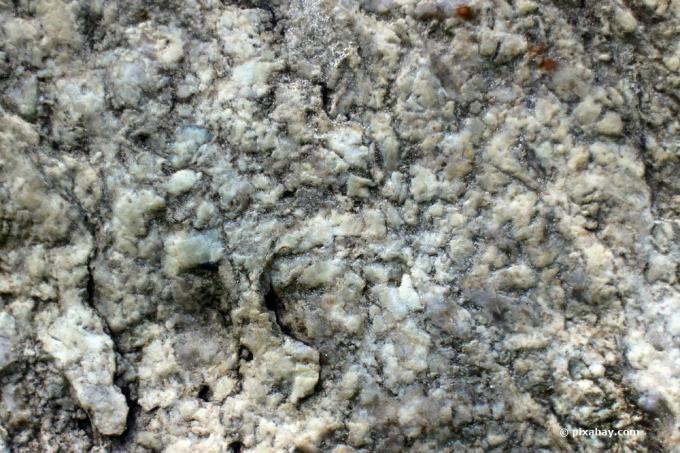
Quartzite
Quartzite are natural stones that are mostly made of quartz and can be used as colorful stones for the fireplace. They are extremely resistant to all forms of environmental influences and therefore also frost and heat resistant. It presents its composition in all possible colors, from classic gray to rich red to rainbow colors that are fashionable for your own fireplace in the courtyard or garden permit.
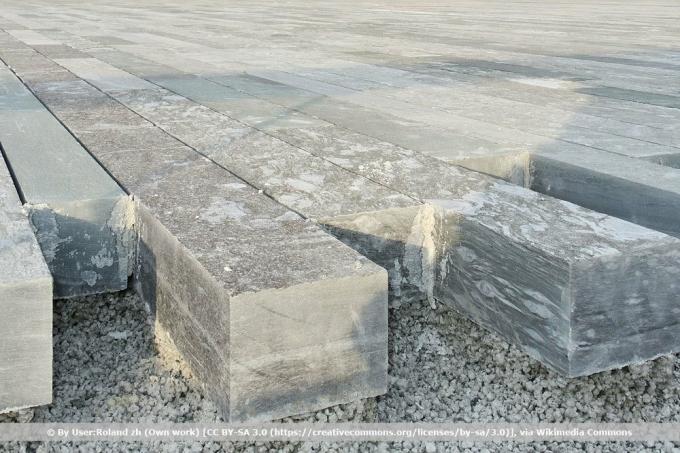
Chamotte
Fireclay bricks are not directly natural stones, but artificially produced bricks made of clay and aluminum oxide (Al2O3) that are one hundred percent fireproof. Fireclay bricks are an essential component for all forms of stoves and fireplaces, as they can withstand any form of temperature. For this reason, they are used as protection from the heat of the fire by representing the first ring of the fireplace, so to speak. They are the insulation and protect the above-mentioned stones from the effects of heat so that they do not crack and remain more durable.
In terms of heat resistance, a distinction is made between:
- sour chamotte with Al2O3 content of ten to 30 percent
- normal chamotte with Al2O3 content of 30 to 45 percent
The stones are used with a special fireclay mortar, which is also fireproof and heat-resistant. It also protects the other natural stones of the fireplace from the heat, so you can easily Implement interesting projects without worrying about the heat resistance of the other stones have to.
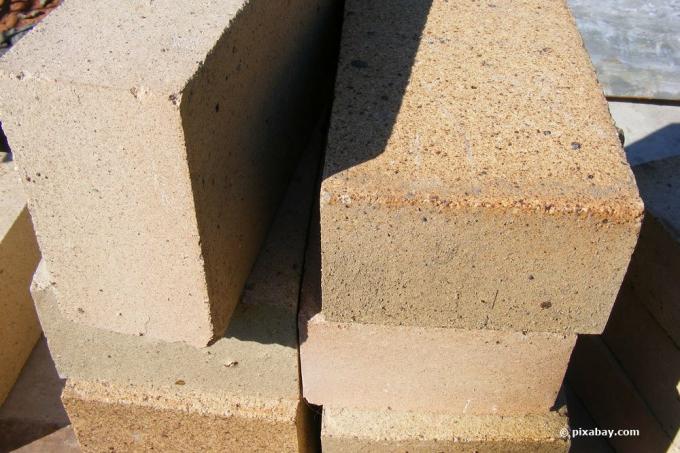
brick
Bricks or bricks are burned from clay and this is how they get their refractory properties. Bricks can also be made from fireclay or sintered, which makes them clinker. Clinker was burned so hot that the actual pores close and so neither heat nor cold can harm the stones. For this reason, they are just as suitable as fireclay bricks as heat protection that you want to use for your fireplace. Bricks can be laid easily and made even more heat-resistant with fireclay mortar.
